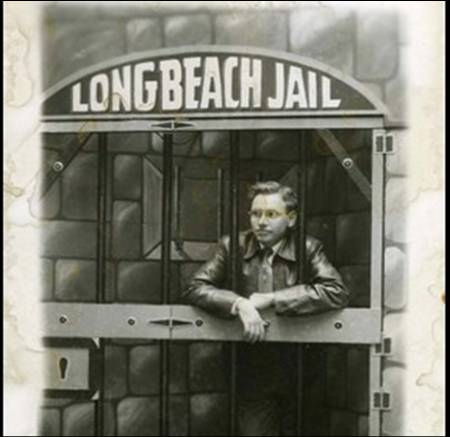Continuation of our series on portfolio management and the Buffett Partnership Letters, please see our previous articles for more details. AUM, Trackrecord, Sizing
“…I believe that we have done somewhat better during the past few years with the capital we have had in the Partnership than we would have done if we had been working with a substantially smaller amount. This was due to the partly fortuitous development of several investments that were just the right size for us – big enough to be significant and small enough to handle.
I now feel that we are much closer to the point where increase sized may prove disadvantageous…What may be the optimum size under some market and business circumstances can be substantially more or less than optimum under other circumstances…as circumstances presently appear, I feel substantially greater size is more likely to harm future results than to help them.”
Asset under management (“AUM”) should not be a stagnant or passive consideration. The AUM is essentially the denominator in the return on equity calculation. The adjustment of AUM relative to portfolio gain and loss will directly impact the trackrecord. The optimal AUM will fluctuate depending on market conditions and/or opportunities available.
However, how to “adjust” AUM is a whole other can of worms.
Historical Performance Analysis, Special Situations, AUM, Expected Return, Hurdle Rate, Sizing, Time Management
“The ‘Workout’ business has become very spasmodic. We were able to employ an average of only $6 million during the year…and this involved only a very limited number of situations. Although we earned about $1,410,000, or about 23 ½% on average capital employed (this is calculated on an all equity basis...), over half of this was earned from one situation. I think it unlikely that a really interesting rate of return can be earned consistently on large sums of money in this business under present conditions.”
Over the previous 10 years, a portion of Buffett’s portfolio was consistently invested in special situations. But we see from that quote above that with AUM increasing, Buffett began to reconsider the allocation to this basket after examining its historical return contribution.
- Does the expected return available meet my minimum return standards (hurdle rate)?
- If so, can I deploy enough capital into the basket such that it contributes meaningfully to portfolio performance and absolute profts? (For example, a 1% allocation that returns 100%, while a return high percentage-wise, adds only a little boost to overall portfolio performance)
- How much of my (or my team’s) time am I will to allocate given the expected return and profits?
Perhaps another interesting lesson is that as AUM shifts, strategies that made sense at one point, may not always be as effective.
Sourcing, Sizing
“I do not have a great flood of good ideas as I go into 1966, although again I believe I have at least several potentially good ideas of substantial size. Much depends on whether market conditions are favorable for obtaining a larger position.”
Good ideas, even just a few, when sized correctly will lead to profits.
Conversely, ideas – no matter how good – if sized too small or impossible to obtain in adequate size for the portfolio, won’t make much of a difference.
“We are obviously only going to go to 40% in very rare situations – this rarity, of course, is what makes it necessary that we concentrate so heavily when we see such an opportunity. W probably have had only five or six situations in the nine-year history of the Partnership where we have exceeded 25%. Any such situations are going to have to promise very significantly superior performance relative to the Dow compared to other opportunities available at the time.
They are also going to have to possess such superior qualitative and/or quantitative factors that the chance of serious permanent loss is minimal (anything can happen on a short-term quotational basis which partially explains the greater risk of widened year-to-year variations in results). In selecting the limit to which I will go in any one investment, I attempt to reduce to a tiny figure the probability that the single investment (or group, if there is intercorrelation) can produce a result for our total portfolio that would be more than ten percentage points poorer than the Dow.”
Buffett’s sizing decisions were selective, and dependent upon a number of conditions, such as:
- The expected return of the potential investment
- The expected return of the potential investment compared with the expected return of the Dow, and other potential investments (this is the opportunity cost and hurdle rate consideration)
- Whether the potential investment is correlated with other current and potential investments
- The possibility of expected loss of the potential investment (capital preservation consideration)
When To Buy
“Our purchase of Berkshire started at a price of $7.60 per share in 1962…the average cost, however, was $14.86 per share, reflecting very heavy purchases in early 1965…”
Buffett was comfortable buying as prices went up. This is in contrast to many value investors who are most comfortable buying on the way down.




